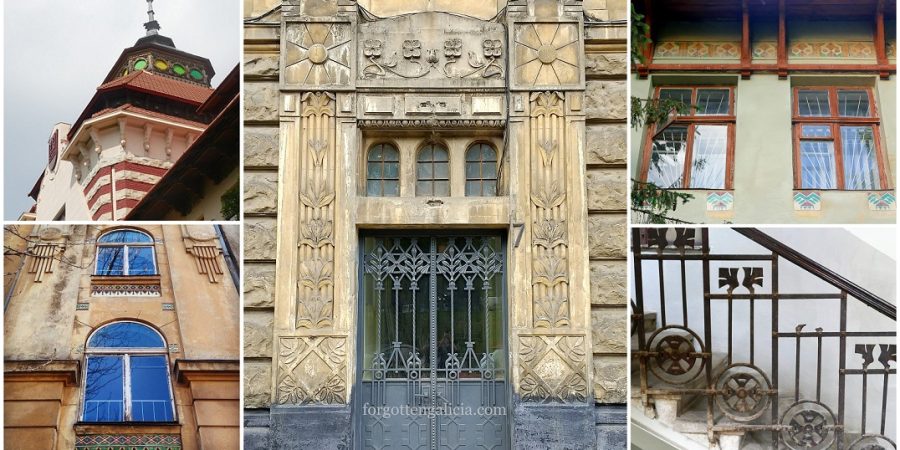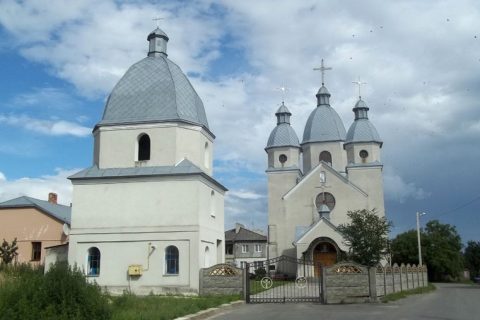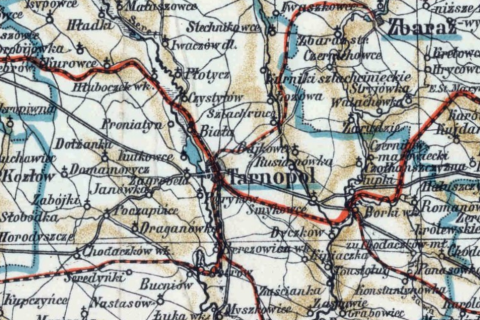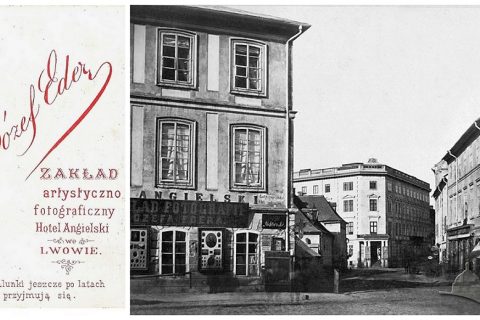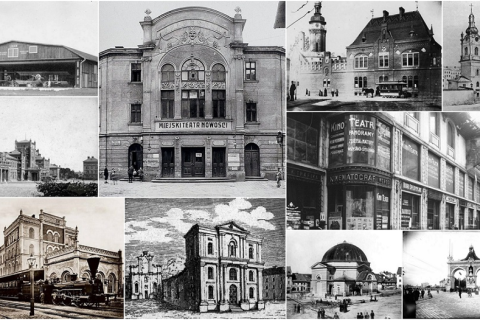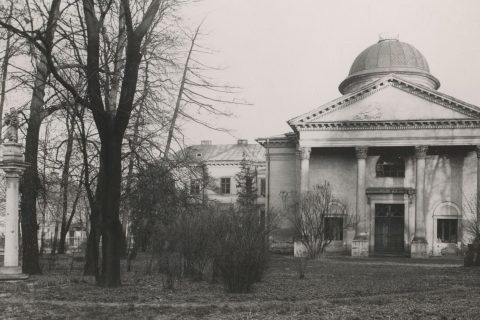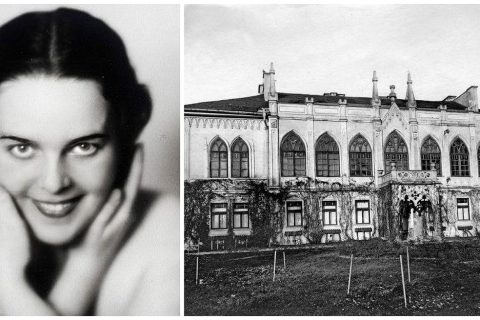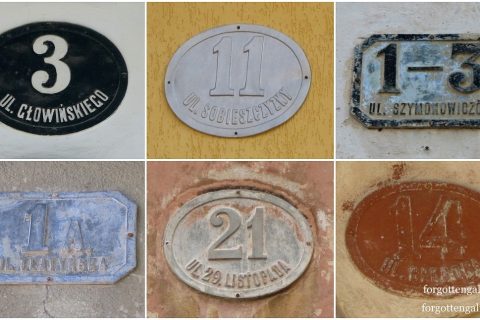The Hutsul Secession in Lviv: Combining Folk Architecture with Art Nouveau
At the turn of the nineteenth and twentieth centuries, a new original art movement spread across Europe and the United States. It received various names: Tiffany (from the name L. C. Tiffany) in the United States; Art Nouveau and “fin de siècle” (literally “the end of the century”) in France; […]
Read More
